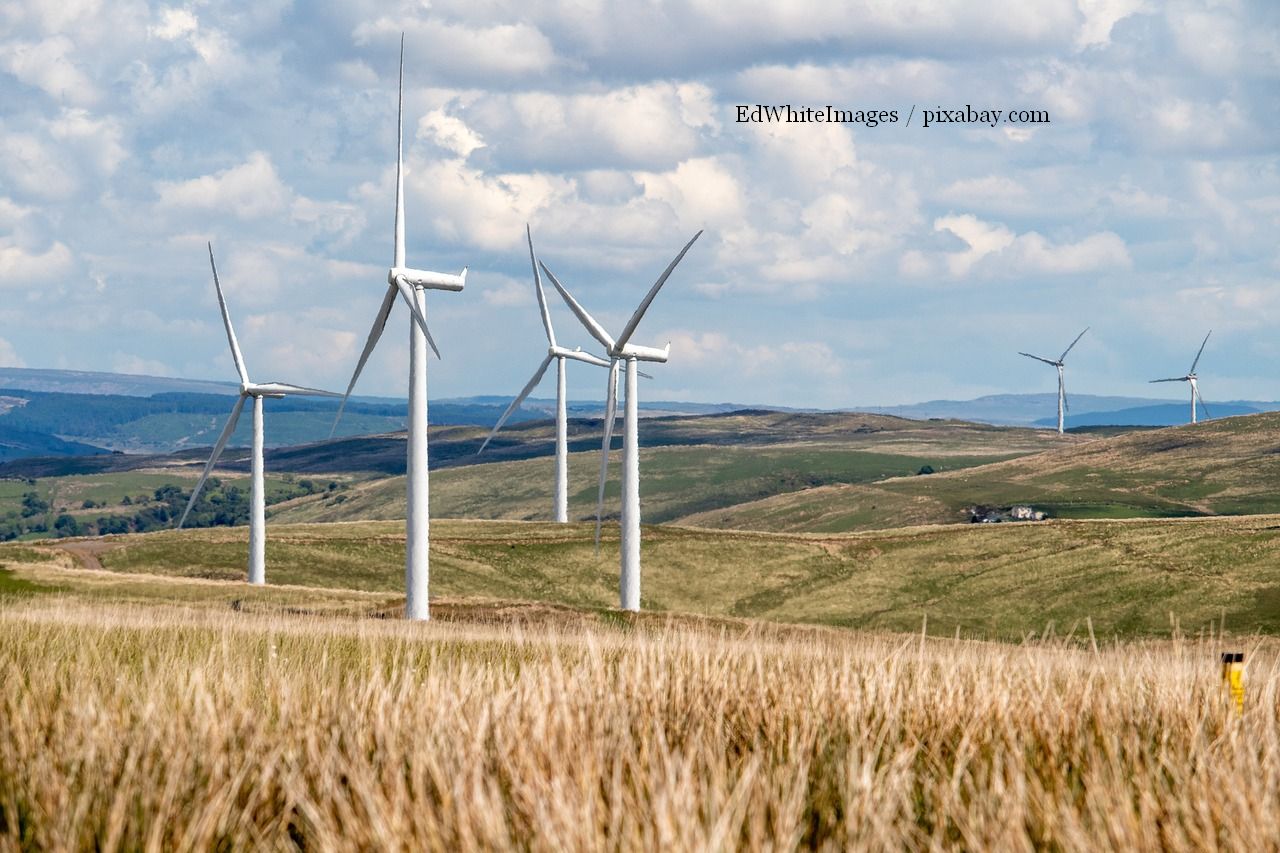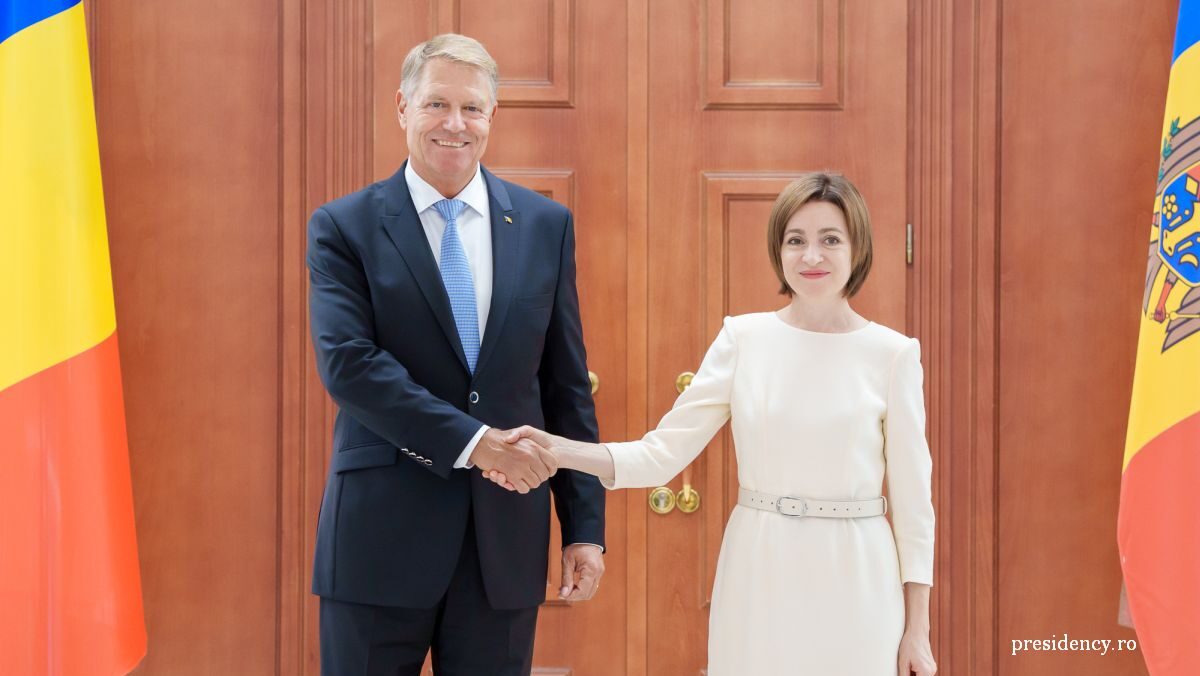Energy Objectives
The European Union's net greenhouse gas emissions are now 37% below 1990 levels

Corina Cristea, 08.11.2024, 13:23
The European Union’s net greenhouse gas emissions are now 37% below 1990 levels, while the GDP grew by 68% over the same period, demonstrating the continued decoupling of emissions from economic growth, policymakers say in Brussels. At the same time, the 2024 Interim Report on Climate Action, published by the European Commission, shows that in 2023 the Union’s emissions decreased by 8.3% compared to the previous year – a record, being the largest annual decrease in recent decades, except for the year 2020, when the COVID-19 pandemic led to reductions in greenhouse gas emissions of 9.8%, states a press release from the Community executive. All these figures show that the Union – a pioneer in the clean energy transition, and currently responsible for 6% of global greenhouse gas emissions – remains on track to meet its commitment to reduce emissions with greenhouse effect by at least 55% by 2030. The data are encouraging – globally, last year a record level of green energy entered the system, including a renewable energy capacity of over 560 gigawatts, announced the International Agency for Energy. However, clean energy generation is not keeping pace with increasing global electricity demand, warns the agency, which also notes that in recent weeks, geopolitical uncertainties have kept prices volatile, highlighting the vulnerability of Europe’s supply. In all this context, Romania can consider that it has a privileged position – it benefits from rich energy resources, including in the Black Sea, and the offshore resources of natural gas and wind energy can contribute to its transformation into a regional energy hub, a pillar of energy security in the region. With a production of 2.3 billion cubic meters of gas in the second quarter, Romania, dethroning the Netherlands, became the largest gas producer in the European Union. Here is George-Sergiu Niculescu, president of the National Energy Regulatory Authority:
“First of all, this could not happen without a sustained investment effort by the companies that produce natural gas in Romania, because we all know that natural gas fields register a natural decline in production every year; as you exploit a deposit for a longer time, it empties, and the natural gas remaining in the deposit is harder to bring to the surface. But Romgaz, the Romanian state company, made a commitment and, through an effort supported by investments, managed to initially maintain the production of natural gas, that is, to practically reduce the natural decline through investments, and at the moment succeeded through investments to increase the production of natural gas. We must not forget that from 2022, from June, we have an additional billion cubic meters entering the national transport system through the investment of the Black Sea Oil&Gas company, which extracts gas from the Black Sea.”
What advantages can this leading position at the European level bring to Romania? Again, George-Sergiu Niculescu, president of the National Energy Regulatory Authority:
“What do these things mean for us? First and foremost, the position of regional leader, most importantly, the largest producer of natural gas at the EU level gives you the opportunity for your energy policies, which you make at the level of Romania, to influence the region. Your voice is much stronger among the decision-makers in Brussels and then our needs, the needs of the Romanian economy, the needs of domestic consumers in Romania can be better satisfied by these policies by positioning Romania’s resources, especially the natural gas we are talking about, as a fuel that is accessible and is as present as possible at the level of domestic consumers.”
A European Commission report recently showed that the Union’s dependence on Russian gas dropped from 45% in 2021 to only 15% in 2023, that is, Europe now receives about 12 billion cubic meters per year of Russian gas, while some 2-3 years ago it received 155 billion cubic meters of gas per year from Russia. And the downward trend of this dependence continues. The President of NERA:
“I have seen how toxic this concubinage relationship is, or was, between natural gas from the Russian Federation and European economies. This thing must give us food for thought, we must learn from recent history, and Romania has the chance to be 100% independent from any kind of imported natural gas. In 2027, I am sure that we will have natural gas extracted from the Neptune Deep field entering the national transportation system.”
Romania has interconnection capacities with all its neighbors, totaling 3,300 MW of export capacity and 2,900 of import capacity, says George-Sergiu Niculescu – but, in order for the energy to circulate without any kind of obstacle, from the cheapest source of production to the place of consumption, would mean that all the states in the region do their job as well as Romania did.






























